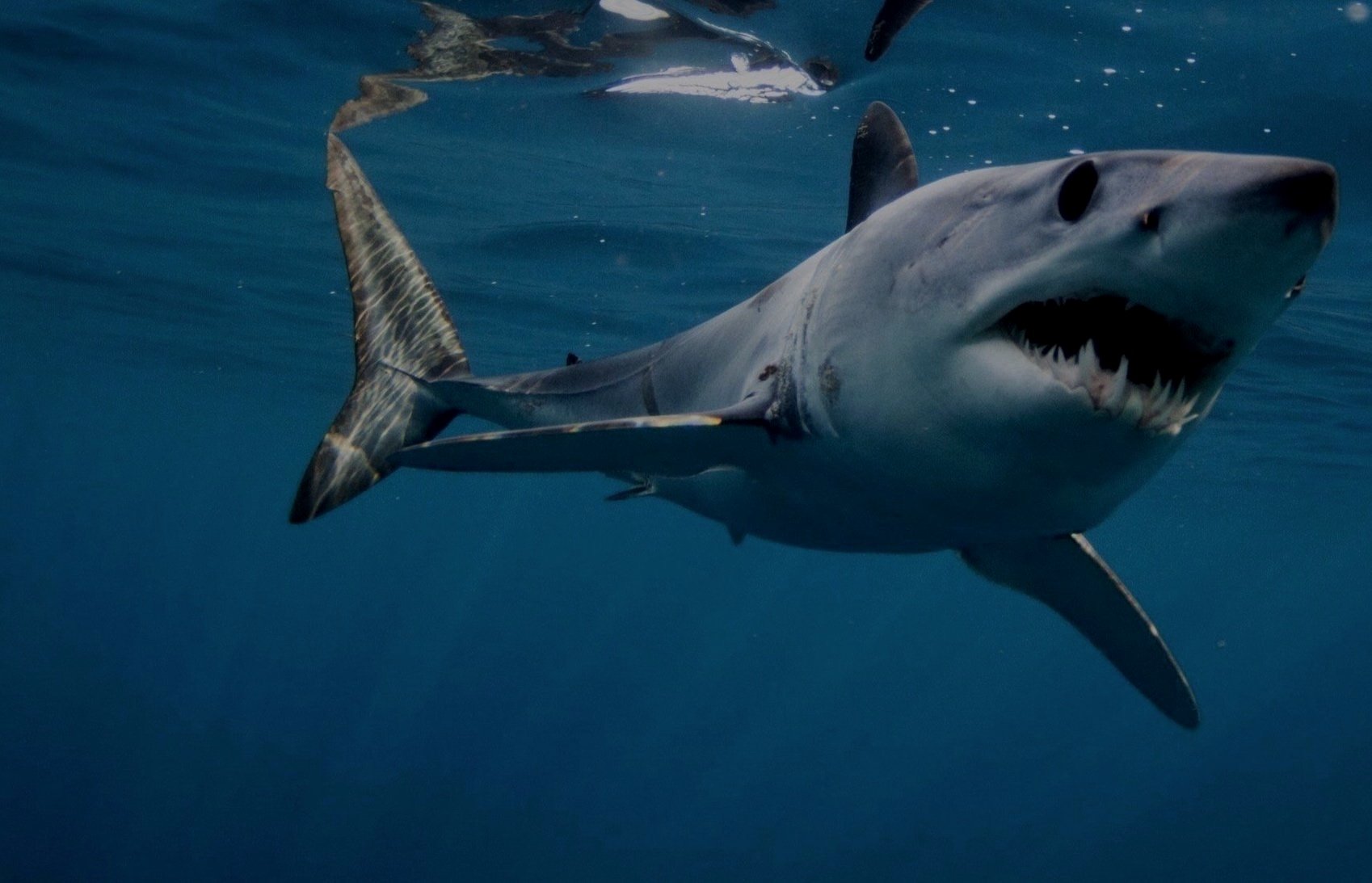
SHORTFIN MAKO SHARK CATALOG
Cataloguing individual shortfin mako sharks (Isurus oxyrinchus) is a challenging yet essential task for researchers. Unlike species such as manta rays or whale sharks, which often have unique and easily recognizable patterns or markings, mako sharks lack such distinct features. Instead, researchers rely on distinguishing permanent physical traits like scars, deformities, fin shapes, or other subtle characteristics to identify individuals.
This detailed identification process helps track the behavior, migration patterns, and population dynamics of these elusive predators, providing critical insights for their conservation. Given their role as apex predators and their vulnerability to overfishing, understanding individual sharks is a key step in protecting the species and maintaining the balance of marine ecosystems.
MAKO_1:
Encounter date: 17/05/2017
Description: This individual presents a pronounced case of back scoliosis, evident in the abnormal curvature of its spine and visible parasites in the shark's mouth.
Sex: Female
MAKO_2:
Encounter date: 18/03/2018
Description: shark exhibits two distinct physical anomalies. The first is a noticeable notch on its first gill, which could be the result of an injury or developmental irregularity. The second, the shark's jaw appears deformed, potentially impacting its ability to hunt or feed effectively.
Sex: Female
MAKO_3:
Encounter date: 13/02/2018
Description: presents two distinct notches on its right pectoral fin, which may have resulted from an injury, predation attempt, or developmental anomaly.
Sex: Female
MAKO_4:
Encounter date: 11/04/2019
Description:This shark exhibits a deformity on its right pectoral fin, with the margin noticeably uplifted. Such abnormalities could result from an injury, genetic anomaly, or environmental stress during development.
Sex: Female







